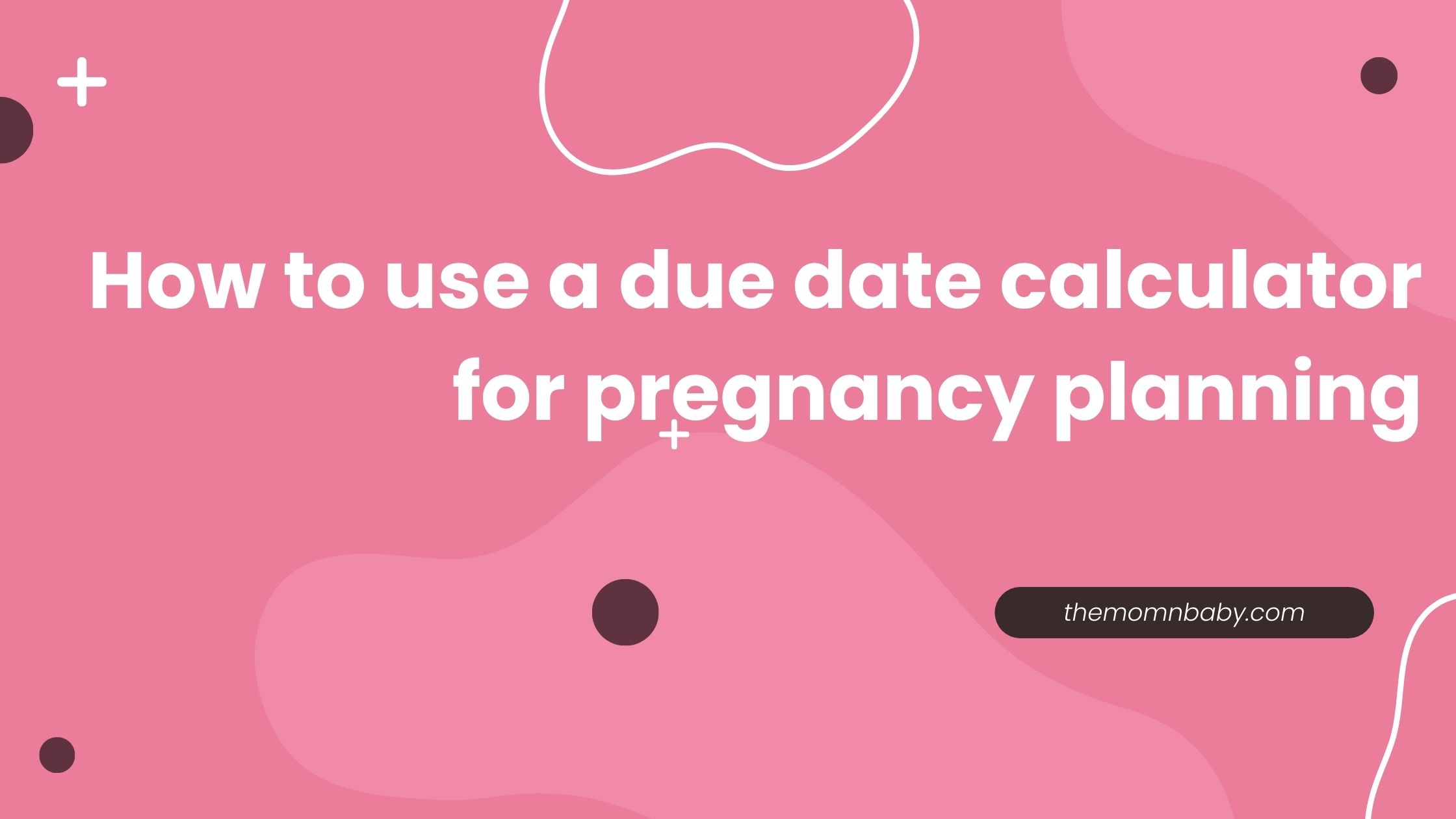
Understanding Blocked Fallopian Tubes
Symptoms, Causes, Diagnosis, Treatment, and Prevention
Blocked fallopian tubes are a condition that can affect women’s reproductive health. In simple terms, blocked fallopian tubes hinder the fertilization of an egg by sperm and the movement of the fertilized egg to the uterus, impeding the process of pregnancy.
Imagine a scenario where a woman dreams of becoming a mother, but her fallopian tubes pose a challenge. These tubes are like tiny bridges, connecting the ovaries to the uterus, and when they are blocked, it creates hurdles in the process of conception.
This condition affects many women, but they are not alone in their journey. There are others facing similar obstacles, all seeking answers and support. They navigate through various medical treatments and alternative options, holding onto hope and the desire to start a family.
Understanding and empathy are crucial in such situations. By raising awareness about blocked fallopian tubes, we can create a supportive environment that acknowledges the difficulties faced by these women. Together, we can strive to find solutions, offer guidance, and provide a ray of hope, allowing these women to pursue their dreams of motherhood.
Let’s embark on this journey of understanding, shedding light on the complexities of blocked fallopian tubes, and fostering a world where every woman’s dream of starting a family can become a reality.
What are the fallopian tubes?
The fallopian tubes are a pair of slender tubes located on either side of the uterus. They play a crucial role in guiding the mature egg from the ovaries to the uterus. However, sometimes these tubes can become blocked, leading to a condition known as tubal factor infertility.
What are the effects of blocked fallopian tubes?
When a fallopian tube is blocked, it means that there is an obstruction preventing the egg from passing through the tube. This blockage can be caused by factors such as scarring, adhesions, or infections. It can occur in one or both tubes and is responsible for infertility in around 30% of individuals with ovaries who are experiencing difficulties conceiving.
A blocked fallopian tube actively impacts fertility significantly. Without a clear path for the egg to travel to the uterus, fertilization cannot occur, making it difficult for pregnancy to happen naturally.
Understanding the presence of blocked fallopian tubes is crucial when investigating fertility issues. It helps identify a potential cause for infertility and allows healthcare providers to explore suitable treatment options to assist individuals in their journey towards conception.
Symptoms
Blocked fallopian tubes often do not cause noticeable symptoms, and individuals often mistakenly assume their fertility is unaffected as long as they have regular periods.
During ovulation, an egg is released from one of the ovaries and travels through the fallopian tubes towards the uterus. Simultaneously, sperm must swim through the cervix, uterus, and fallopian tubes to reach the egg. Fertilization typically occurs while the egg is in the tube.
When either one or both fallopian tubes are blocked, it actively hinders the egg’s journey to the uterus and actively prevents the sperm from reaching the egg, actively disrupting the process of fertilization and conception. Partial blockages can also occur, increasing the risk of tubal or ectopic pregnancies.
Blocked fallopian tubes often do not cause symptoms, with infertility being the primary indication. Hydrosalpinx, a specific type of blockage, may cause lower abdominal pain and abnormal vaginal discharge. Other conditions leading to blocked tubes, such as endometriosis and pelvic inflammatory disease (PID), can result in painful menstruation and intercourse.
Symptoms of pelvic infection:
- General pelvic pain
- Pain during sexual intercourse
- Foul-smelling vaginal discharge
- Fever over 101°F (in acute cases)
- Nausea and vomiting
- Intense pain in the lower abdomen or pelvic region (in acute situations)
Acute pelvic infections can be life-threatening. If you experience a high fever or severe pain, seek immediate medical attention by contacting your doctor or visiting the nearest emergency room.
Causes of blocked fallopian tubes include:
- Pelvic Inflammatory Disease (PID): Often resulting from sexually transmitted infections (STIs), PID is a common cause of tube blockage.
- STD Infections: Chlamydia and gonorrhea can lead to the development of blocked tubes.
- Uterine Infection: Previous infections from abortions or miscarriages can contribute to blockages.
- Ruptured Appendix: A history of a ruptured appendix can increase the risk of fallopian tube blockage.
- Abdominal Surgery: Previous surgeries in the pelvic area can cause scar tissue formation, leading to blockages.
- Ectopic Pregnancy: Having experienced an ectopic pregnancy can damage the fallopian tubes.
- Tubal Ligation: A surgical procedure for permanent contraception can result in blocked tubes.
- Endometriosis: The presence of endometrial tissue outside the uterus can affect the fallopian tubes and cause blockages.
Diagnose
The diagnosis of blocked fallopian tubes often involves a specialized X-ray called a Hysterosalpingogram (HSG). Healthcare professionals typically make the diagnosis using the following approach:
Hysterosalpingogram (HSG):
Couples who are experiencing difficulty conceiving often undergo a common fertility test called Hysterosalpingography (HSG). During this procedure, healthcare professionals actively use a small tube to inject dye through the cervix, followed by taking X-rays to visualize the pelvic area.
Normal HSG results:
When the dye passes through the uterus and fallopian tubes, spilling out around the ovaries and into the pelvic cavity, healthcare professionals consider the tubes to be unobstructed.
Blocked tube detection:
If the dye fails to pass through the tubes, it indicates a possible blockage in the fallopian tubes.
- False positives:
It’s important to note that around 15% of women may experience a “false positive” result, where the dye does not pass beyond the junction of the tube and uterus. In such cases, the test may be repeated or alternative tests ordered for confirmation.
- Additional diagnostic tests:
Depending on the circumstances, healthcare professionals may recommend additional tests, including ultrasound, exploratory laparoscopic surgery (a minimally invasive procedure utilizing a camera to examine the pelvic organs), hysteroscopy (inserting a thin camera through the cervix to visualize the uterus), or blood work to check for chlamydia antibodies, which can indicate a previous or ongoing infection.
By utilizing these diagnostic methods, healthcare providers can determine the presence of blocked fallopian tubes and decide on appropriate treatment options based on the individual’s specific circumstances.
Treatment Options for Blocked Fallopian Tubes
If you have one functioning fallopian tube and are in overall good health, it is possible to conceive without extensive medical intervention. Your healthcare provider may prescribe fertility drugs to enhance ovulation on the side with the open tube. This option is not feasible when both tubes are blocked.
It is essential to understand that while these medications can aid in conception, they cannot unblock fallopian tubes. Similarly, exercise cannot alleviate the blockage. Surgery is the only potential solution to unblock the tubes, but there is no guarantee of its success. Below, we will discuss surgical options, as well as in vitro fertilization (IVF) and tubal ligation.
1. Laparoscopic Surgery
Surgeons sometimes utilize laparoscopic surgery to open blocked tubes or eliminate scar tissue. However, this treatment does not always yield successful results. The chances of success depend on factors such as age (younger age increases the likelihood), severity and location of the blockage, and the underlying cause. If there are only a few adhesions between the tubes and ovaries, the chances of successful pregnancy after surgery are generally good.
For individuals with a healthy but blocked tube, the success rate of pregnancy after surgery ranges from 20% to 40%.
It is important to note that the risk of ectopic pregnancy is higher after surgery for tubal blockage. If you do become pregnant, close monitoring by your doctor is crucial to determine the best course of action.
However, surgical repair may not always be the optimal choice. IVF may be more suitable in situations involving significant scarring, moderate to severe endometriosis, or moderate to severe male factor infertility. Your doctor can help evaluate whether surgical repair or proceeding directly to IVF treatment is the most suitable option for your specific circumstances.
2. In Vitro Fertilization (IVF)
Before the advent of IVF, women with blocked fallopian tubes had limited options for achieving pregnancy if surgery was unsuccessful or not feasible. IVF has made conception possible for such cases.
IVF treatment involves the use of fertility drugs to stimulate ovulation. Using an ultrasound-guided needle through the vaginal wall, the medical professional retrieves the eggs directly from the ovaries. In the laboratory, they then fertilize the eggs with sperm from the male partner or a donor. After fertilization, the medical professional selects healthy embryos and transfers one or two into the uterus.
IVF bypasses the fallopian tubes entirely, rendering any blockages inconsequential. However, research has shown that inflamed tubes can significantly reduce the chances of IVF success. If you have a hydrosalpinx (a fluid-filled tube), your doctor may recommend surgical removal of the tube. Following the recovery from surgery, individuals can proceed with attempting in vitro fertilization (IVF).
3. Tubal Ligation Reversal
The surgeon actively performs techniques such as cutting, banding, clamping, or inserting specialized coils into the fallopian tubes during tubal ligation surgery, commonly known as “getting your tubes tied”. These techniques intentionally block the passage of sperm to the egg, ensuring a permanent form of contraception.
A considerable number of women experience regret after undergoing tubal ligation, ranging from 20% to 30%. The good news is that while this type of birth control is considered permanent, it can be reversed for many women. Surgical repair of tubal ligation is usually more successful than repairing blockages caused by diseases. Micro-surgical repair often costs less than IVF, with expenses potentially being around half of those associated with each delivery.
Micro-surgical tubal reversal has generally high success rates. For women under 40 years of age, pregnancy rates after two years range around 90%. For women over 40, success rates vary between 40% and 70%.
Preventing Blocked Fallopian Tubes
The primary cause of blocked fallopian tubes is pelvic infections, with many of these infections being attributed to sexually transmitted infections (STIs). It is crucial to take preventive measures to avoid tubal infertility. Regular screening for STIs and promptly addressing any concerning symptoms are essential steps in prevention. Early detection and treatment of STIs or pelvic infections can potentially prevent the formation of scar tissue.
It is important to note that while some infections may not exhibit immediate signs or symptoms, they can still pose a risk. Prolonged presence of an infection increases the likelihood of scar tissue formation, leading to inflamed or blocked tubes.
Prompt administration of appropriate antibiotics is vital once a healthcare professional diagnoses an infection. However, it is important to understand that antibiotic treatment alone cannot guarantee the clearance of blocked tubes. Antibiotics are effective in eliminating bacteria, but they cannot reverse any existing damage or scar tissue. Nevertheless, treating the infection can help prevent further damage and increase the likelihood of success in fertility treatments or subsequent surgical repair.
To prevent fallopian tube damage from STIs, healthcare professionals recommend consistently using condoms and undergoing regular STI testing, especially when engaging in high-risk sexual behavior. These preventive measures play a significant role in minimizing the risk of fallopian tube complications.
Conclusion On What Are Blocked Fallopian Tubes? Symptoms, Causes, Diagnosis, Treatment, and Prevention
When faced with the scenario of one blocked fallopian tube.
There is a possibility of achieving pregnancy through natural or with low-tech treatments. In cases where both tubes are blocked, healthcare professionals may actively need to perform additional interventions such as surgery or administer IVF treatment. It is crucial to have an open conversation with your doctor to explore all available options.
When IVF or surgery is not feasible, individuals should consider alternatives such as adoption, foster care, or choosing a child-free lifestyle. Having a strong support system is crucial for emotional assistance during this process. Seek support from loved ones or join support groups to help cope with the challenges that may arise.





